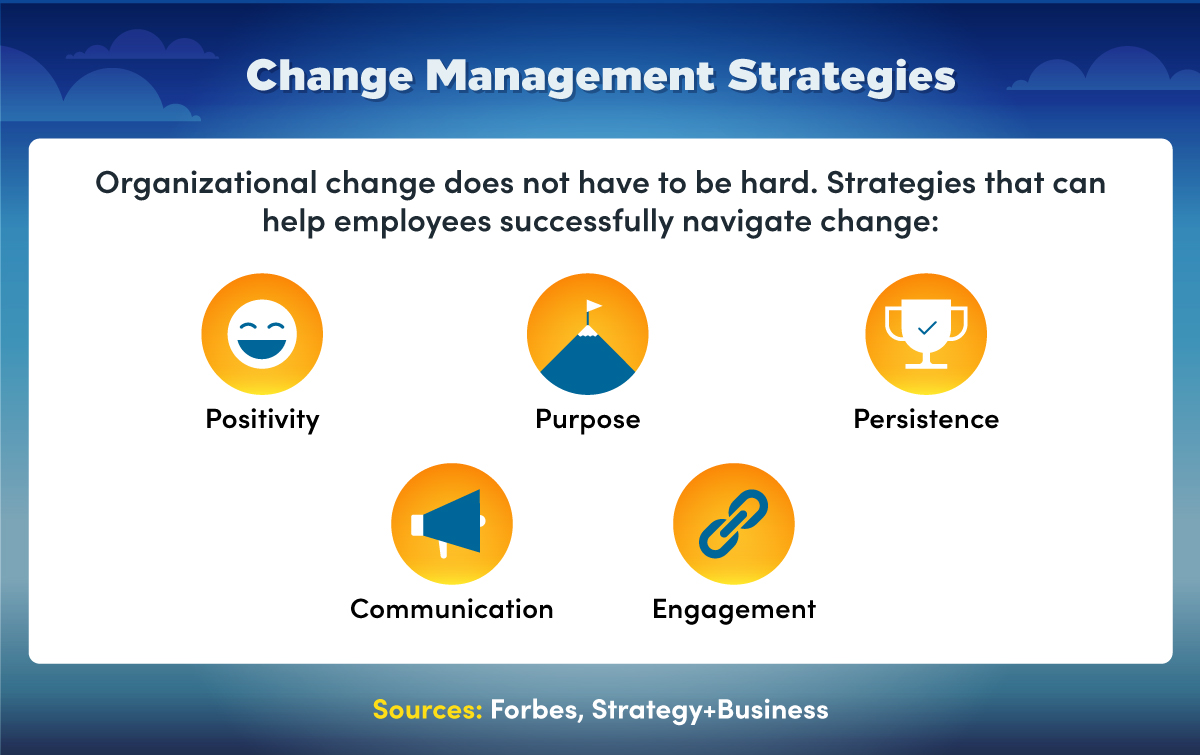"Navigating the Market of Distressed Loans: Strategies for Investors and Borrowers"
#### Understanding Distressed LoansDistressed loans refer to financial instruments that are in default or are at risk of default. These loans are typically……
#### Understanding Distressed Loans
Distressed loans refer to financial instruments that are in default or are at risk of default. These loans are typically issued by borrowers who are facing significant financial difficulties, leading to a decline in their creditworthiness. Investors often view distressed loans as opportunities to purchase assets at discounted prices, but they come with inherent risks.
#### The Appeal of Distressed Loans for Investors
For seasoned investors, distressed loans can represent a lucrative opportunity. The potential for high returns is enticing, especially when the underlying assets can be restructured or when the borrower can recover financially. Investors can acquire these loans at a fraction of their original value, allowing for substantial profit margins if the borrower's situation improves.
#### Risks Involved in Investing in Distressed Loans

However, investing in distressed loans is not without its challenges. The primary risk is the uncertainty surrounding the borrower's ability to repay the loan. Additionally, investors may face legal complications, as distressed loans can involve complex bankruptcy proceedings. Therefore, thorough due diligence is essential before committing capital to distressed loans.
#### Strategies for Successful Investment in Distressed Loans
To navigate the market of distressed loans successfully, investors should adopt several strategies. First, it's crucial to conduct comprehensive research on the borrower’s financial health and the underlying asset. Understanding the reasons behind the distress can provide insights into the potential for recovery.
Another effective strategy is to diversify investments across various distressed loans rather than concentrating on a single asset. This approach can mitigate risks and enhance the chances of profitable returns. Additionally, engaging with experienced legal and financial advisors can offer valuable guidance throughout the investment process.

#### Opportunities for Borrowers in Distressed Loan Situations
On the flip side, borrowers facing distress can find opportunities within this challenging landscape. By negotiating with lenders, borrowers may be able to restructure their loans to more favorable terms. This can include extending the repayment period, reducing interest rates, or even negotiating a settlement for less than the total amount owed.
#### The Role of Financial Institutions in Distressed Loans
Financial institutions play a critical role in the ecosystem of distressed loans. They often hold a significant number of these loans on their balance sheets, which can impact their overall financial health. Institutions may choose to sell distressed loans to investors, allowing them to offload risk while providing investors with potential opportunities.

#### Conclusion: The Future of Distressed Loans
As the economic landscape continues to evolve, the market for distressed loans is likely to grow. Factors such as economic downturns, changes in interest rates, and shifts in borrower behavior will influence this sector. For both investors and borrowers, understanding the dynamics of distressed loans is essential for making informed decisions.
In summary, distressed loans present both opportunities and challenges. Investors must weigh the potential for high returns against the risks involved, while borrowers can explore options for restructuring and recovery. As this market continues to develop, staying informed and adaptable will be key to navigating the complexities of distressed loans.